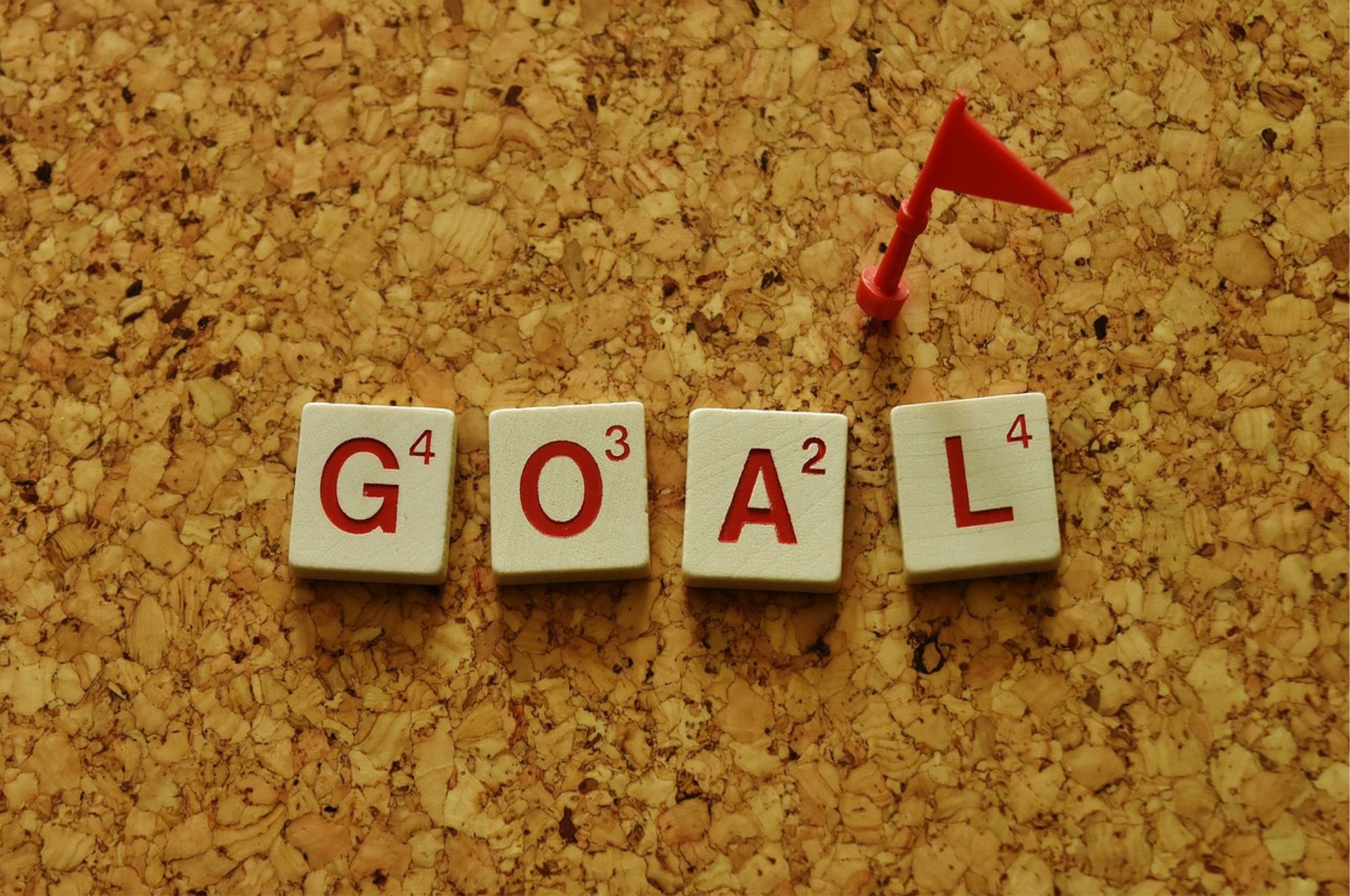Set A Creative Goal That's Right For You This Year

Hi everyone.
Happy New Year!
I hope that 2024 has started well for you. If you take a look at a blog post I wrote for my “other” blog (yes, there are two of you), you’ll discover that unlike Christmas, I love New Year.
One of the things I like about it is that whatever sort of year you’ve just had, you can always view the new one as a fresh start. It’s a blank page to be filled with all sorts of exciting creative possibilities and challenges with that “fresh start” enthusiasm being as effective as having your own personal Mr or Mrs Motivator walking around with you.
But what happens when that initial enthusiasm starts to wane, usually around about the middle of the third week in January and your motivation for the new project feels about as fired up as those soggy brussels sprouts you “forgot” to dish up for Christmas dinner?
That’s where having a specific creative goal comes in and certainly in my experience, as long as you set yourself a goal that’s right for you so that it doesn’t have the opposite effect and actually drains your motivation, you will be surprised at how effective it can be. Here’s five ideas that might help you do just that.


1. Make your goal something in the middle.
It’s easy to fall into the trap of setting a goal that is either too big or too small. For instance, your creative goal might be “to do lots more art”. Not only is that goal far too vague, the sheer size of it will probably have overwhelmed you by about the middle of March. On the other hand, if you set too small and specific a goal such as “to practise drawing daffodils”, you’ll probably get bored pretty quickly. It’s better to aim for something in the middle which is not too hard but not too soft either. You’ll need to stretch yourself to reach your goal but it should still be achievable for you.
2. Think about the process to find a way in.
Setting a “process” goal rather than a “project” goal is not just a great way of getting started but can also be really helpful when it comes to keeping going with your goal once that initial burst of enthusiasm has waned. A process goal focuses on how you’ll achieve your goal rather than what you will achieve. You don’t even need to have a specific project in mind. You can start by just incorporating something into your daily or weekly routine. For instance, to try and achieve that goal of doing lots more art, you could just set aside a specific period of time on a regular basis to do some art journaling and see where that takes you.


3. KISS – Keep It Simple Stupid.
I’m no neuroscientist but I do know that the way our brains work is to try and protect us from the modern equivalent of saber-toothed tigers getting too close to our cave. It will do all it can to shield us from overwhelming or stressful situations, so when it comes to goal setting, keeping things simple is the way forward. For example, if you’ve decided that the best time for you to do that art journaling is every Monday evening when your Other Half is at netball practice, then it becomes really clear to your brain when you’ve hit or missed that target. This significantly reduces the cognitive effort you have to put in to achieve your overall goal and also helps build a reliable routine.
4. Work out what gets in your way.
It sounds counter-productive to start your goal setting process by thinking about all the things that might get in the way of achieving it but this can be surprisingly helpful. However, it only works if you also spend time thinking about how you can manage those obstacles more effectively. How will you organise your time, workspace, equipment, energy levels, commitments, interruptions, distractions etc so that they don’t throw you off course completely? It helps to write a list of all the things you’ve thought of and then come up with some specific solutions. Develop as many potential solutions as you can and then test them out to see which ones work best for you.
5. Take it one step at a time.
Remember me saying that our brains are wired to protect us from those saber-toothed tigers? Well, if those tigers are too big and we feel threatened or overwhelmed by them, then it’s normal for our brains to go into “fight or flight” mode. If we translate that to goal-setting, then choosing a goal that seems too big or scary makes us feel that we can’t even start on a project, let alone finish it. To prevent this happening, approaching a goal one step at a time makes it much less threatening to our brains. For instance, if your goal is to make a paper sculpture of the Eiffel Tower, you could start by sourcing paper, looking at images of the Tower online, working out scaling etc and ticking the steps off every time you complete one.
I do hope that this advice has gone some way to helping you keep motivated for whatever creative project you are hoping to achieve this year. Good luck and do let me know how you get on.
Take care.
Melissa x


"Motivation is like a party animal friend. Great for a night out, but not someone you would rely on to pick you up from the airport."

Comments